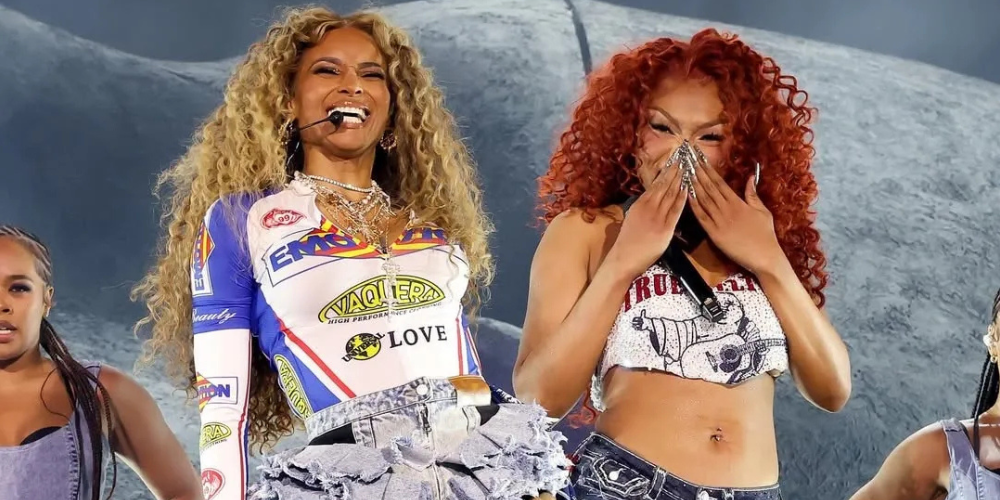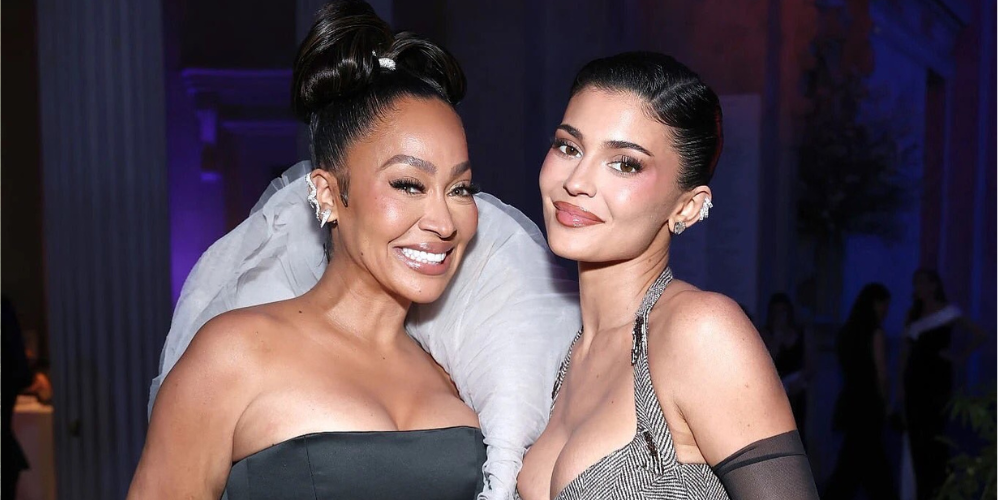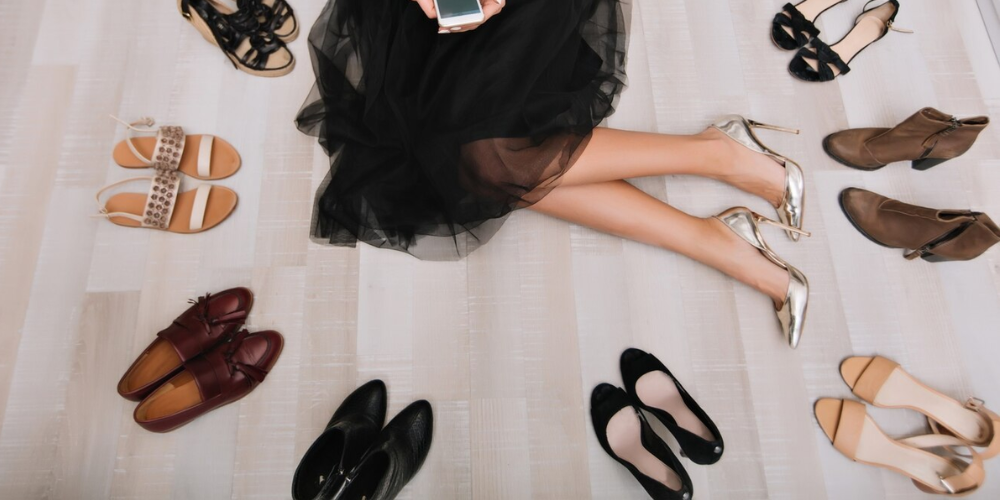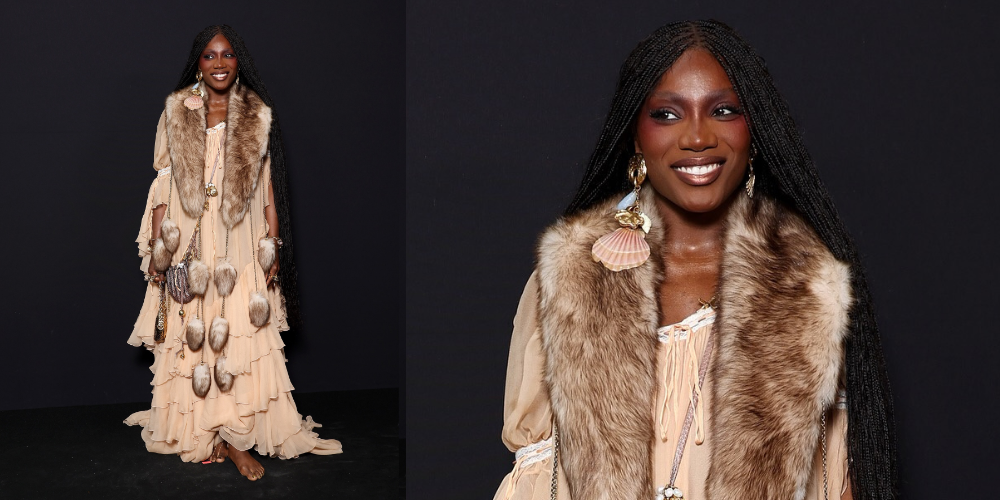After nearly four decades at the helm of American Vogue, Anna Wintour is stepping away from her editorial leadership role—a major shift in the world of fashion media. The announcement came during a staff meeting on Wednesday, surprising many across the industry.
Though she’s leaving her role as Editor-in-Chief of American Vogue, Anna will continue to serve as Vogue’s Global Chief Content Officer and Condé Nast’s Chief Content Officer, overseeing all international Vogue editions except The New Yorker.
Anna’s Impact on Vogue and Fashion Media
Anna’s leadership shaped American Vogue into a cultural and fashion authority. She first joined the magazine as Creative Director in 1983, and by 1985, she was named Editor-in-Chief of British Vogue. In 1988, she returned to American Vogue to lead the U.S. edition, marking the start of an era that redefined editorial standards and introduced a sharper, more contemporary voice to fashion coverage.
Her very first cover broke conventions: the November 1988 issue featured Michaela Bercu in a Christian Lacroix couture top paired with $50 Guess jeans—a blend of high fashion and streetwear that shook the industry. From there, Anna’s approach to cover stars shifted the magazine’s focus from just models to celebrities, politicians, and cultural icons.
Defining Moments That Set the Standard

Throughout the 1990s and 2000s, Anna led Vogue through cultural shifts while anchoring the magazine’s status as the fashion world’s editorial compass. Her most iconic covers include:
1. Oprah Winfrey in 1998, breaking conventional beauty standards
2. Madonna and Ivana Trump in headline-making moments
3. Michelle Obama’s historic March 2009 cover as First Lady
4. Lady Gaga’s appearance on the 916-page September 2012 issue—Vogue’s largest ever
5. Rihanna’s May 2022 pregnancy reveal, and
6. Zendaya’s May 2024 Met Gala co-chair debut
Perhaps one of the most buzzworthy covers came in April 2014 when Kim Kardashian and Kanye West graced the cover just before their wedding. It was Vogue’s first cover to feature a reality star, a rapper, and an interracial couple, marking a cultural milestone that sparked debate and redefined what Vogue represented.
Shaping Fashion Culture
Anna didn’t just influence what readers saw on the cover—she also shaped careers behind the scenes and helped set the stage for future industry leaders. Editors like Andre Leon Talley, Edward Enninful, Chioma Nnadi, and Hamish Bowles flourished under her direction. Her eye for talent also extended to designers; she was instrumental in the rise of names like Tom Ford, Marc Jacobs, Zac Posen, Jonathan Anderson, and the Proenza Schouler duo, Jack McCullough and Lazaro Hernandez.
She also played a significant role in shaping the modern Met Gala. Since 1995, Anna has been co-chairing the event and turning it into the high-profile, highly photographed fundraiser it is today. She launched the CFDA/Vogue Fashion Fund in 2004 to support emerging designers, further extending her reach beyond editorial and into the future of fashion.
A Fixture in Pop Culture

Outside the pages of Vogue, Anna became a recognizable figure in popular culture. Her signature pageboy bob, dark sunglasses, and unmistakable style were instantly iconic. From being parodied on Saturday Night Live to having her routines analyzed in countless profiles—right down to her regular chopped steak and Starbucks order—Anna became part of the cultural fabric.
Her life and career were chronicled in Amy Odell’s 2022 biography “Anna”, offering an in-depth look at the woman behind the powerful persona. The book traces her journey from her early days in London to her long reign at the center of global fashion.
Changes at Condé Nast and What Lies Ahead
Anna’s decision to step down arrives at a time of rapid change at Condé Nast. Just this week, the company’s head of luxury and fashion sales, Susan Cappa, also resigned. Earlier in June, Anna appointed Mark Guiducci as the new creative director for Vanity Fair, following the unexpected exit of Editor-in-Chief Radhika Jones.
Now, the spotlight shifts to who might take over American Vogue. It’s one of the most prestigious—and demanding—roles in fashion journalism. With Anna still involved in the broader strategic direction at Condé Nast, her influence isn’t going anywhere just yet, but the search for her successor at Vogue U.S. will undoubtedly be watched closely.
Anna’s Legacy Will Keep Shaping the Future
Even as she exits her editorial role at American Vogue, Anna Wintour’s legacy continues to impact the industry. Her fingerprints are on decades of iconic fashion moments, editorial breakthroughs, and careers launched. What she built goes beyond covers and campaigns—it’s a cultural blueprint that helped define how fashion communicates with the world.
The next chapter at Vogue begins soon. But one thing is clear—Anna’s name will remain a cornerstone of fashion media for years to come.





